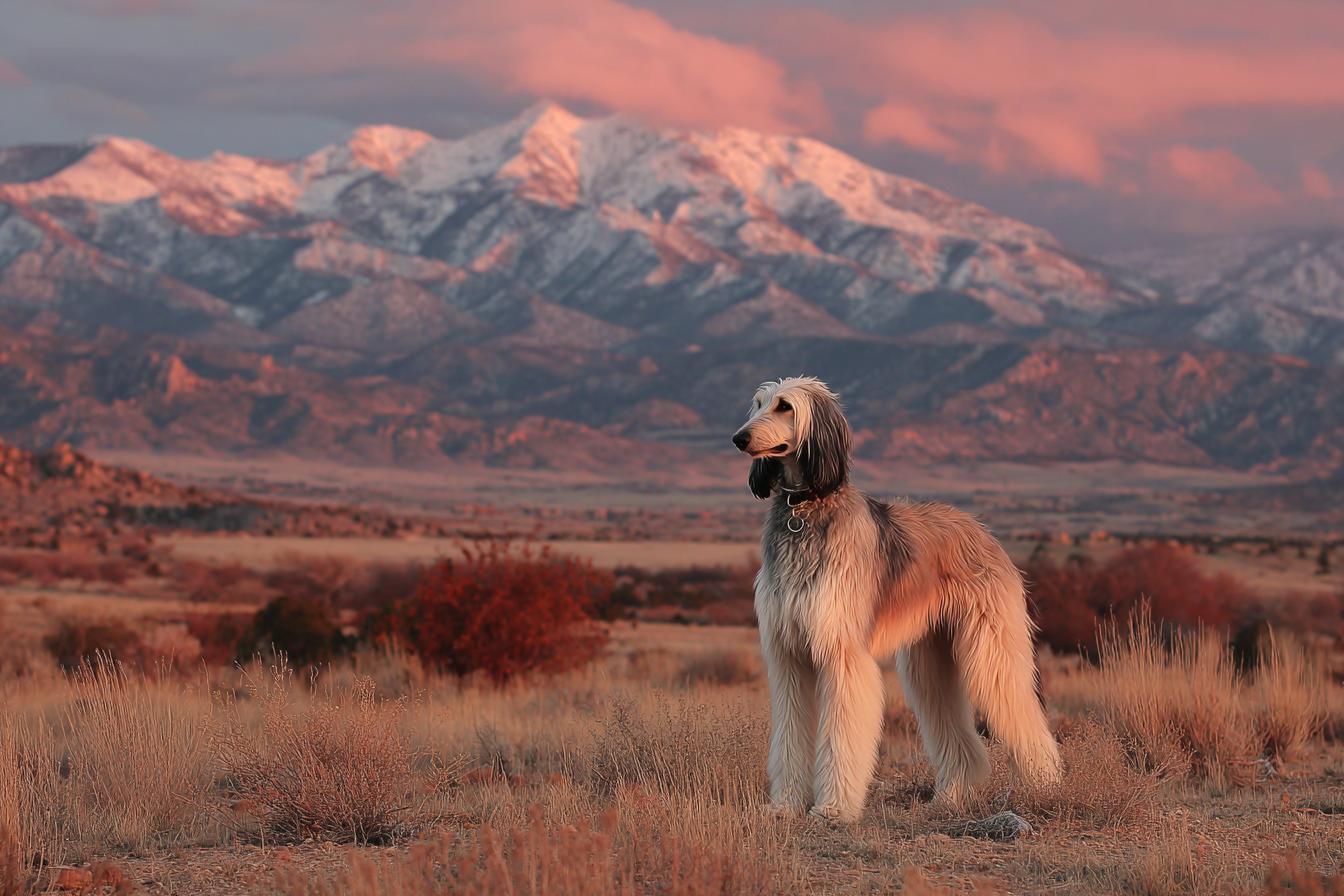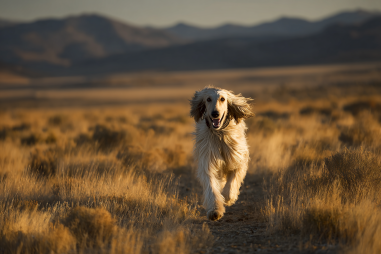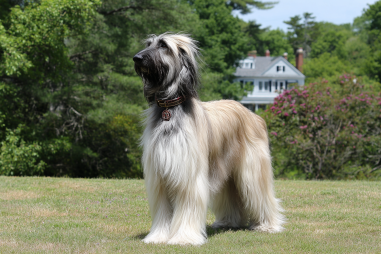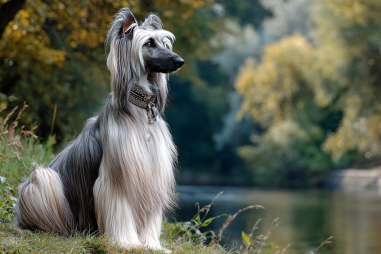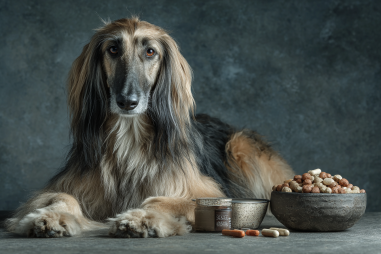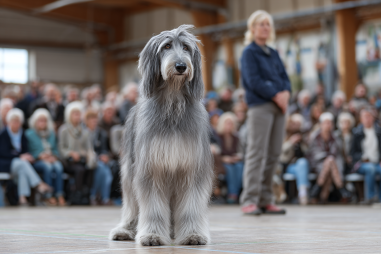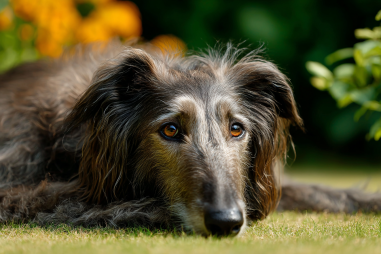With its flowing coat and dignified presence, the Afghan Hound is truly one of the most captivating dog breeds in the world. Its elegant silhouette, paired with a spirited yet sometimes aloof personality, has fascinated dog lovers for decades. But beyond its stunning appearance lies a rich tapestry of history and cultural significance that stretches back thousands of years. Understanding the Afghan Hound’s origin not only deepens appreciation for this unique breed but also reveals the resilience and adaptation of dogs in challenging landscapes. Let’s embark on a journey through time and terrain to explore the Afghan Hound’s fascinating story.
Origins of the Afghan Hound in Afghanistan
The Afghan Hound traces its roots to the mountainous regions of Afghanistan, a country known for its harsh climate and rugged terrain. This environment played a pivotal role in shaping the breed’s physical characteristics and abilities. Afghan Hounds are believed to be one of the oldest sighthound breeds, with some experts suggesting their lineage dates back more than a thousand years. Although exact historical records are sparse, archaeological finds and ancient artwork hint at the presence of long-coated, slender hounds resembling today’s Afghan Hound roaming Central Asia centuries ago.
These dogs were prized by nomadic tribes for their keen eyesight and speed, essential attributes for survival and success in their native environment. The challenging geography of Afghanistan, with its rocky hills and snowy paths, demanded a dog that could move swiftly and efficiently while enduring cold temperatures. The Afghan Hound was bred to meet these demands, resulting in the breed’s distinctive combination of elegance and endurance.
Role as Hunting and Companion Dogs
Historically, the Afghan Hound was primarily used as a hunting dog. Its name in local languages often translates to “Tikhar,” which means “the pure-bred dog,” emphasizing its revered status among hunters. Afghan Hounds were skilled in hunting game such as deer, leopards, and rabbits, relying on their exceptional sight and agility rather than scent. Their long legs allowed them to cover large distances quickly, while their keen eyesight helped them spot prey from afar.
Aside from their prowess in hunting, Afghan Hounds also served as cherished companions. Their loyalty to their human families was tempered by a dignified independence, making them both affectionate and somewhat aloof pets. This combination of traits made them uniquely suited to the nomadic lifestyle — able to work hard when required and enjoy quiet moments with their owners.
Physical Traits Shaped by Environment
The physical appearance of the Afghan Hound is a direct response to the demands of its native environment. The breed’s long, flowing double coat is not simply for show; it provides essential protection against the cold, wind, and dust that characterize Afghanistan’s mountainous regions. This luxurious coat, which often drapes in silky waves down the body, helps insulate the dog during harsh winters. Beneath this coat lies a sturdy, muscular frame designed for speed and stamina.
Additionally, the Afghan Hound’s narrow head with a prominent topknot, long ears covered in feathered fur, and deep-set eyes serve practical purposes. The elongated muzzle aids in breathing while chasing prey, and the dense fur around the face and body protects sensitive areas. The breed’s unique gait and flexible spine contribute to its ability to sprint and maneuver through rough terrain with grace and agility.
Introduction to the West and Show History
The Afghan Hound made its first significant appearance outside its native region in the early 20th century. British soldiers and explorers returning from Afghanistan introduced the breed to Europe, where it quickly captured the attention of dog enthusiasts. The breed’s exotic appearance and aristocratic aura sparked fascination and curiosity, leading to efforts to establish breed standards and participate in dog shows.
By the 1920s and 1930s, Afghan Hounds were regularly seen in European dog shows, where their unique beauty and poise stood out. The American Kennel Club (AKC) officially recognized the breed in 1926, further solidifying its place among the world’s beloved dog breeds. Over time, the show ring helped to refine the breed standard, ensuring Afghan Hounds maintained key traits such as their distinctive coat, elegant stature, and characteristic facial features.
Cultural Significance in Native Regions
In Afghanistan and surrounding areas, the Afghan Hound is more than just a dog; it is a symbol of heritage and pride for many tribes. These dogs often carry stories and legends passed down through generations, representing resilience, nobility, and tradition. Their status in these regions reflects the bond between humans and animals that has existed for centuries, particularly in the context of hunting and survival.
The Afghan Hound’s image has also permeated local art, poetry, and folklore. In some villages, owning and breeding Afghan Hounds is seen as a mark of prestige and honor. Their presence at traditional gatherings or hunting expeditions reinforces bonds within communities and preserves cultural identity amid changing times.
Evolution of Breed Standard
As the Afghan Hound was introduced globally, breeders worked diligently to establish consistent characteristics that would define the breed. The Afghan Hound Club of America and other international bodies collaborated to create a standard emphasizing the balance between elegance and function. Key features included:
- The long, silky coat with distinct feathering on legs and ears
- A high-set tail carried with a ring or curve
- A lean but muscular body built for speed and agility
- A refined head with elongated muzzle and prominent nose
While aesthetics played an important role, breeders also prioritized maintaining the breed’s health and temperament. Efforts were made to preserve the Afghan Hound’s independent yet gentle nature, ensuring it remained true to its heritage while adapting to the demands of modern pet ownership.
Afghan Hound in Modern Times
Today, the Afghan Hound continues to captivate dog lovers with its breathtaking beauty and unique personality. Though no longer primarily used for hunting, the breed thrives as a companion and show dog worldwide. Afghan Hounds often participate in agility competitions, obedience events, and of course, conformation shows where their elegance is showcased to the fullest.
The breed is cherished not only for its appearance but also for its spirited temperament. Afghan Hounds are known for being playful, independent, and sometimes a bit stubborn, which adds to their charm. However, prospective owners should be prepared for the grooming demands of the long coat and the exercise needs of this active breed.
Efforts by breed clubs and enthusiasts continue to promote responsible breeding practices that honor the Afghan Hound’s heritage. Preservation of genetic diversity and health screenings are essential in maintaining this breed’s resilience and vitality.
Honoring a Timeless Heritage
The story of the Afghan Hound is one of adaptation, survival, and elegance born from the rugged mountains of Afghanistan. Its journey from a hardworking hunting dog to an esteemed companion and show star reveals the remarkable bond between humans and dogs throughout history. Appreciating this breed’s origins enriches our understanding of its unique traits and reminds us of the importance of preserving the legacy of ancient breeds.
As we admire the Afghan Hound’s flowing coat and majestic posture, we are reminded that behind every beautiful dog lies a deep history worth celebrating. By continuing to honor and care for these remarkable dogs, we ensure that their extraordinary lineage is preserved for generations to come.

